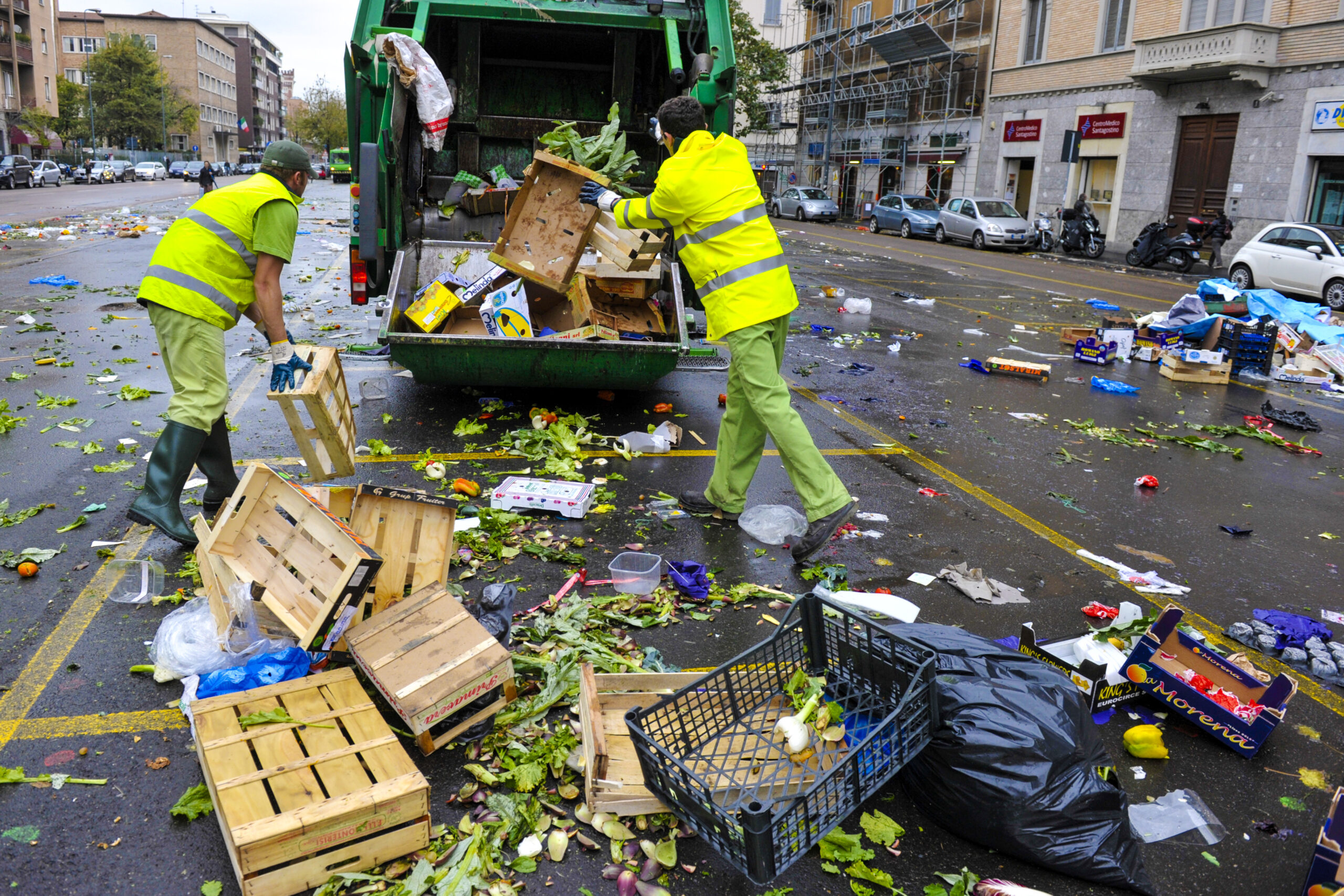This was revealed in the Food-waste monitor. On average, the Dutch wasted between 96 and 149 kilogrammes of food in 2018 per person, which means that they failed to consume food intended for consumption. ‘The data is based on the waste throughout the chain, not just on the side of consumers, but also producers and supermarkets’, says Sanne Stroosnijder, programme manager food-waste at Wageningen Food & Biobased Research.
Food-waste generates 6 per cent of all the greenhouse gas emissions
Sanne Stroosnijder, programme manager food waste at Wageningen Food & Biobased
However, at between 23 and 32 per cent of the total, the consumer is still the greatest source of food wastage, Stroosnijder states. ‘We do note that consumers have reduced their food wastage over the past years, but it is too early to see this trend reflected in the rest of the chain, as more initiatives to counter food waste were launched since 2018.’
Waste is not only literally a waste, but it also contributes to climate issues, according to Stroosnijder. ‘Consider the resources, water, plastic wrappings and the trucks involved. Food waste is responsible for 6 per cent of all the greenhouse gas emissions, and combatting food waste is an easy and effective way to reduce the footprint of food production.’
Mostly incinerated
In addition to preventing wastage, it is important to seek useful purposes for inevitable food residues. Stroosnijder: ‘Currently, some 60 per cent of the food left-overs are incinerated. We see a shift, however. There is a slight increase in the volume of food residues that are repurposed as animal feed.’
Companies will eventually have to adapt their supply to the demand
In the Netherlands, approximately one-quarter of the food produced for human consumption is not eaten. Stroosnijder: ‘Companies will eventually have to adapt their supply even more to the demand, and ensure that residues remain in the food chain, as feed, or, even better, as food. In the Netherlands, from a financial perspective, we are very efficient in food production, but not in the use of resources.’
No precise data
Mapping the exact amount of food wasted is difficult, according to Stroosnijder. This is why the monitor shows a range from 96 to 146 per person. ‘We estimate based on the public data on waste streams per link in the chain, but this data is incomplete. Moreover, it is not always possible to discover the source of the waste streams. Researchers have thus had to estimate the minimum and maximum amount of food per waste stream. Nonetheless, the data provide insight into general trends.’
Bread to bread
In collaboration with the “Fighting Food Waste Together” foundation, WUR is now studying if, and if so, how, the Food Waste Monitor could specify waste per chain. Stroomsnijder: ‘An increasing number of businesses record their waste and share this data with is, for example, the five largest supermarket chains.’ This data shows that bread, for example, is the most wasted product at 7.7 per cent of the total. That amounts to hundreds of thousands of loaves a day. Stroosnijder: ‘This waste prompts many supermarkets to take action. Jumbo, for instance, launched “bread to bread”. Stale bread serves as an ingredient for fresh dough: a technique used throughout history.’
Collaborating with chains
Stroosnijder hopes more partners in the chain will enter into this type of collaboration. ‘We need more and better data. Combatting food waste is not yet a specific goal for many companies. Often, they are unaware of the cost of waste, because this has been taken into account when determining the selling price. They are often hesitant to share this data. It is usually the leading companies that are not afraid to be transparent.’
Stroosnijder expects a decline in food waste over the coming years. ‘There is increased attention for this issue, and in initiatives to mitigate waste. However, 2020 is unlikely to be a great year in terms of waste, as the lockdown has led to surplus for restaurant owners and caterers. There is still a long way to go if we want to reach our zero waste goal in 2030.’

